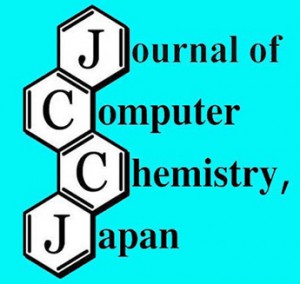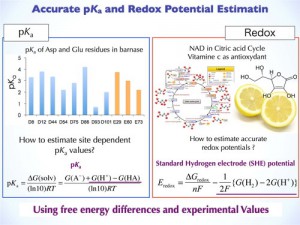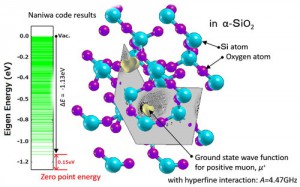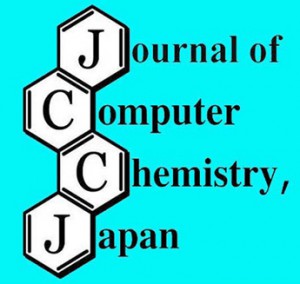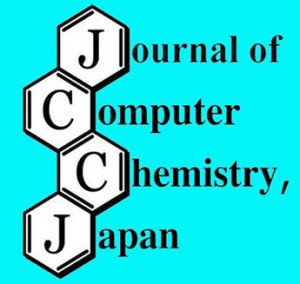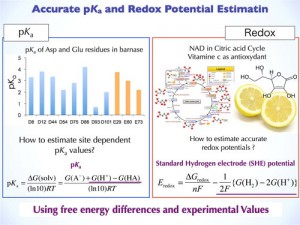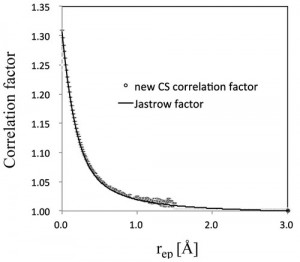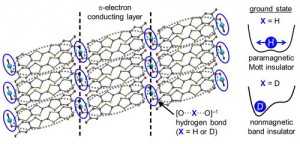[Published online Journal of Computer Chemistry, Japan Vol.15, 136-142, by J-STAGE]
<Title:> 水素分子クラスターの量子構造ゆらぎ
<Author(s):> 三浦 伸一
<Corresponding author E-Mill:> smiura(at)mail.kanazawa-u.ac.jp
<Abstract:> 水素分子はその質量の軽さから原子核の量子効果が大きく,水素分子クラスターの基底状態を考える上で重要な役割を果たしている.クラスター(H2)13を 例にとり,単純な調和近似は破綻し,その波動関数は配位空間の中でエネルギー最安定構造を含む幾つかの極小構造をカバーする領域にまで非局在化し ていることを示した.また比較的小さいクラスター(N 20)に対して,化学ポテンシャルに相当する量μNを 計算し,核の量子効果を完全に取り入れた場合は,N = 13のクラスターは魔法数と呼んでもよい安定な状態をとっている一方で,古典近似の際に見られたN = 7, 19におけるμNの 極小は量子力学的な運動エネルギーにより消失することを示した.
<Keywords:> Molecular cluster, Para-hydrogen molecule, Path integral, Quantum Monte Carlo method, Superfluid.
<URL:> https://www.jstage.jst.go.jp/article/jccj/15/5/15_2016-0021/_article/-char/ja/
<Title:> 水素分子クラスターの量子構造ゆらぎ
<Author(s):> 三浦 伸一
<Corresponding author E-Mill:> smiura(at)mail.kanazawa-u.ac.jp
<Abstract:> 水素分子はその質量の軽さから原子核の量子効果が大きく,水素分子クラスターの基底状態を考える上で重要な役割を果たしている.クラスター(H2)13を 例にとり,単純な調和近似は破綻し,その波動関数は配位空間の中でエネルギー最安定構造を含む幾つかの極小構造をカバーする領域にまで非局在化し ていることを示した.また比較的小さいクラスター(N 20)に対して,化学ポテンシャルに相当する量μNを 計算し,核の量子効果を完全に取り入れた場合は,N = 13のクラスターは魔法数と呼んでもよい安定な状態をとっている一方で,古典近似の際に見られたN = 7, 19におけるμNの 極小は量子力学的な運動エネルギーにより消失することを示した.
<Keywords:> Molecular cluster, Para-hydrogen molecule, Path integral, Quantum Monte Carlo method, Superfluid.
<URL:> https://www.jstage.jst.go.jp/article/jccj/15/5/15_2016-0021/_article/-char/ja/
